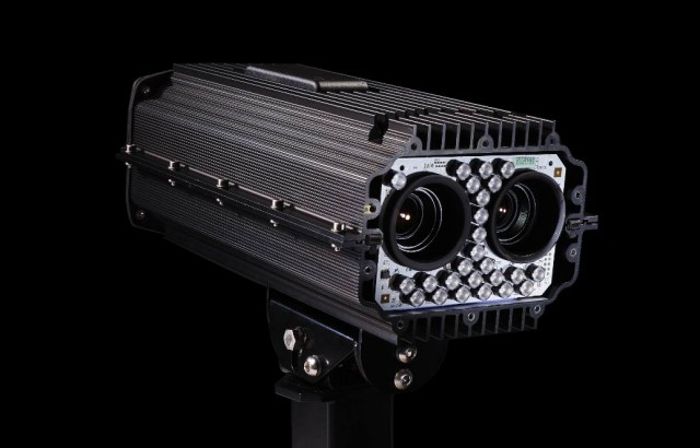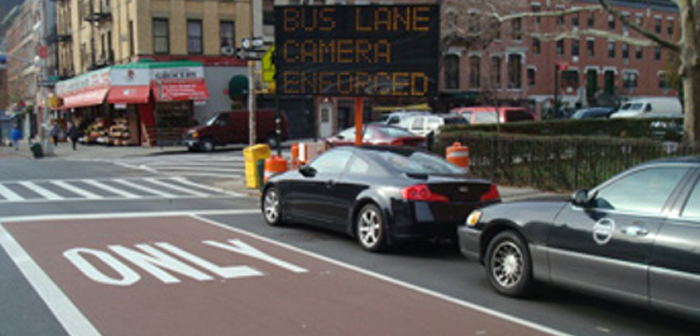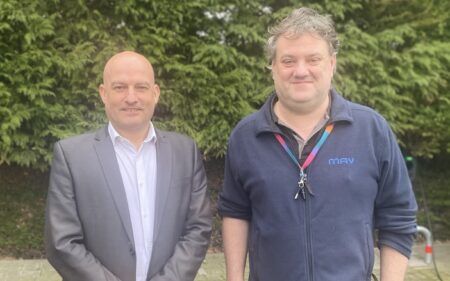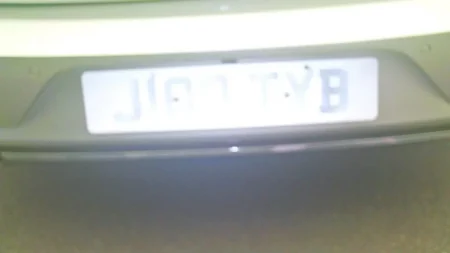The Metropolitan Transportation Authority’s (MTA) New York City Transit is deploying an automated mobile camera system on buses to capture real-time bus lane violations as the agency and New York City’s Department of Transportation (NYCDOT) step up combined enforcement efforts to increase bus speeds and keep traffic moving on congested streets.
As part of NYC Transit’s plans to modernize its bus fleet and speed up rides, the agency will install an Automated Bus Lane Enforcement (ABLE) system on 123 buses serving some Select Bus Service routes in Manhattan and Brooklyn. The ABLE system will be used for a pilot program to evaluate the efficacy of automated enforcement of bus lanes and its effect on bus speeds and travel times. The pilot is a result of a successful NYC Transit proof-of-concept test that determined an ABLE system could capture sufficient evidence to enforce bus lane traffic violations, and the pilot results will inform the agency’s plans to expand the program.
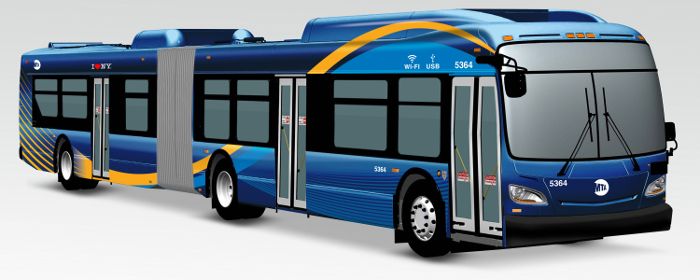 The MTA has awarded a US$6.2m contract to Siemens Mobility Inc. for the purchase, installation and warranty of the high-tech cameras and supporting computer systems. The ABLE cameras will be installed on new buses that will be delivered from 2019 to early 2020. The ABLE system captures the license plate information, photos and videos, as well location and timestamp information, of vehicles obstructing bus lanes to document clear cases of violation.
The MTA has awarded a US$6.2m contract to Siemens Mobility Inc. for the purchase, installation and warranty of the high-tech cameras and supporting computer systems. The ABLE cameras will be installed on new buses that will be delivered from 2019 to early 2020. The ABLE system captures the license plate information, photos and videos, as well location and timestamp information, of vehicles obstructing bus lanes to document clear cases of violation.
The system collects multiple pieces of evidence to ensure that vehicles making permitted turns from bus lanes are not ticketed. This information is transmitted to NYCDOT for review and processing. The automated bus lane enforcement program will be administered in partnership with NYCDOT and NYC Department of Finance.
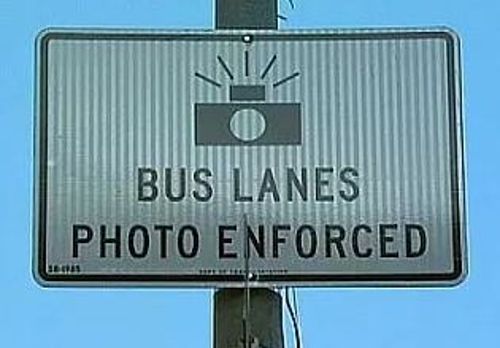 NYC Transit is working with NYCDOT and NYPD to increase bus lane enforcement in highly congested areas, with results so far yielding faster bus speeds by as much as 17% on a portion of Fifth Avenue and 30% near the Hugh L Carey Tunnel’s Manhattan approach. Other transit improvement strategies include redesigning the entire bus network to better meet customer needs, installing traffic signal priority technology, and implementing enhanced street designs such as bus lanes and boarding areas for faster bus pull-outs.
NYC Transit is working with NYCDOT and NYPD to increase bus lane enforcement in highly congested areas, with results so far yielding faster bus speeds by as much as 17% on a portion of Fifth Avenue and 30% near the Hugh L Carey Tunnel’s Manhattan approach. Other transit improvement strategies include redesigning the entire bus network to better meet customer needs, installing traffic signal priority technology, and implementing enhanced street designs such as bus lanes and boarding areas for faster bus pull-outs.
“This advanced automated camera technology will make a real difference toward clearing the way for our buses as they navigate some of the most congested roadways in the nation,” said Darryl Irick, MTA Bus Company president and NYC Transit’s SVP of buses.
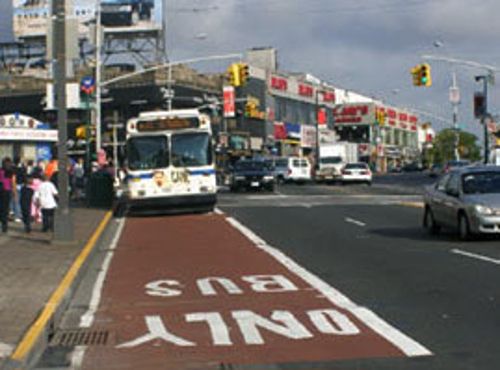 “Together with our city partners, we are prioritizing public transit on city streets so that our buses and our customers spend less time sitting in traffic. We look forward to putting these cameras on the road and dedicating additional capital funds from congestion pricing and other means, so we can expand the program even further.”
“Together with our city partners, we are prioritizing public transit on city streets so that our buses and our customers spend less time sitting in traffic. We look forward to putting these cameras on the road and dedicating additional capital funds from congestion pricing and other means, so we can expand the program even further.”
Marcus Welz, president of Siemens Intelligent Traffic Systems in North America, commented, “We are excited about developing and deploying this high-impact advanced traffic technology in New York City. Technologies like this will not only improve the commute for the millions of transit passengers who ride NYC buses, but also help mitigate traffic congestion and optimize travel time and safety, also benefiting road users who will spend less time sitting in traffic.”
